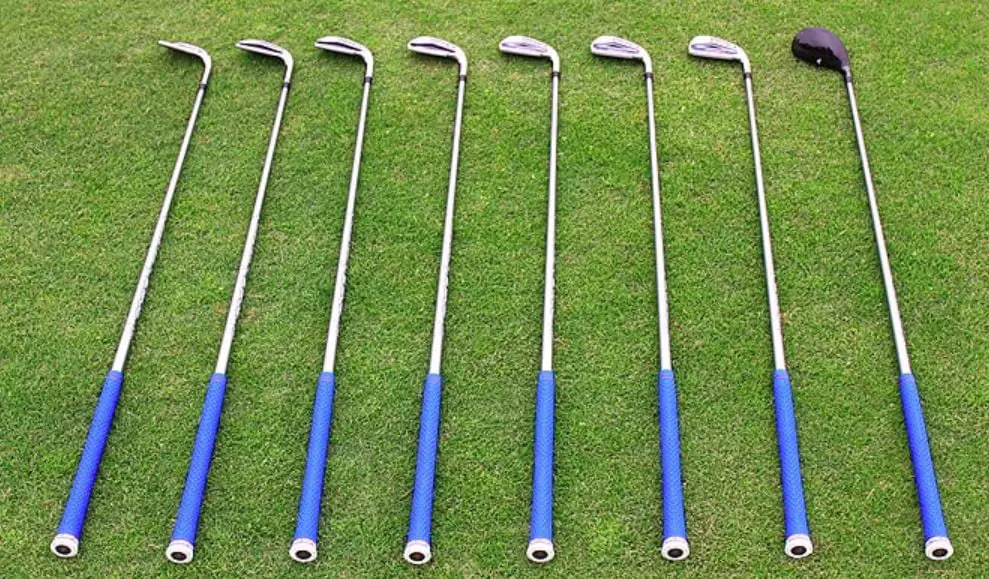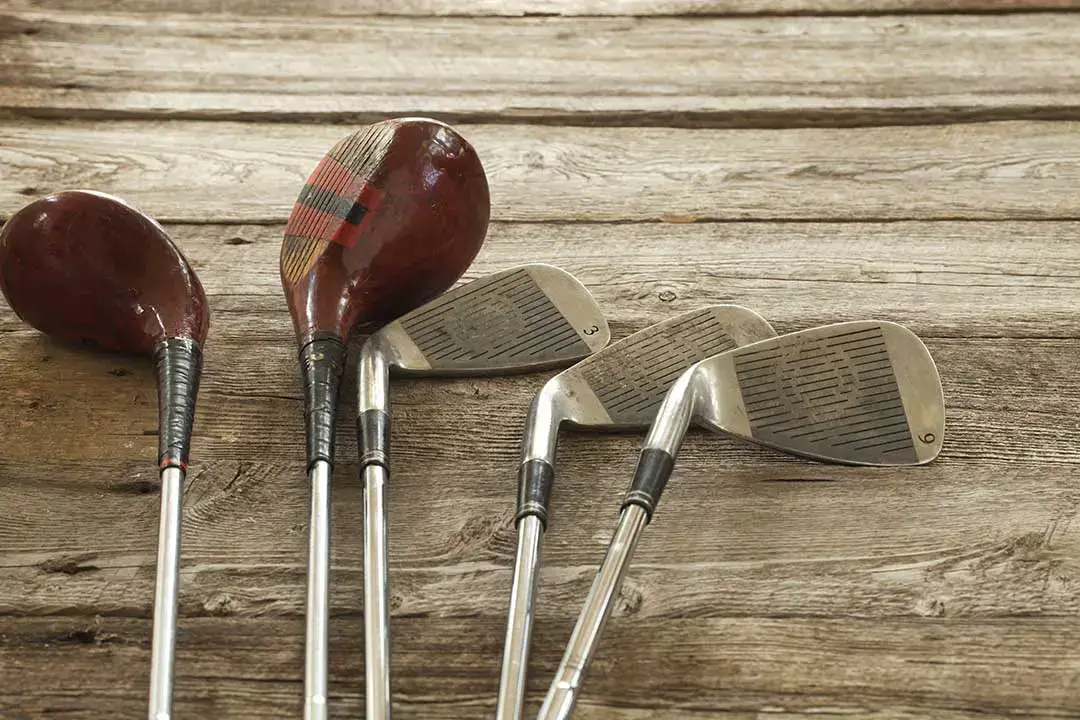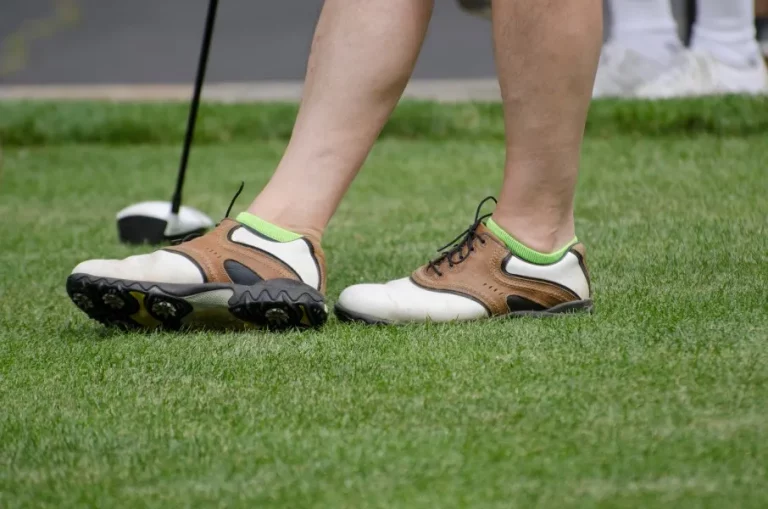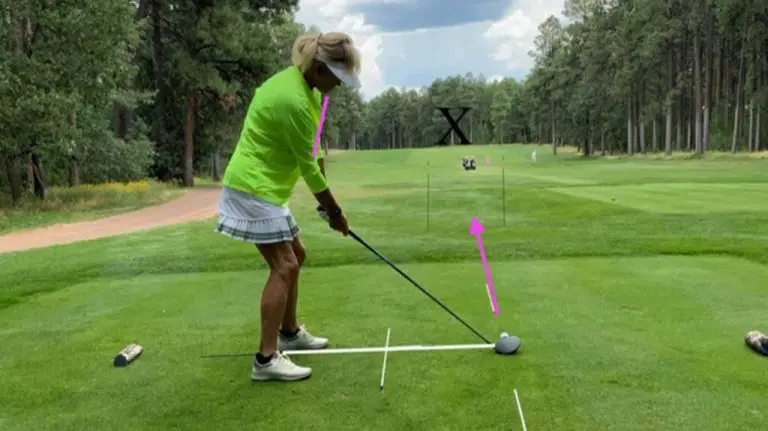Why Are Golf Clubs Different Lengths

When you step onto a golf course, you’ll notice that golfers have a variety of clubs in their bags, each with a distinct length. Have you ever wondered why golf clubs are different lengths? The answer lies in the intricate relationship between club length and swing mechanics. In this article, we will delve into the fascinating world of golf club lengths, exploring the factors that influence their variations and the impact they have on a golfer’s performance.
Golf clubs are not one-size-fits-all tools; they are meticulously designed to suit the needs of different golfers. The length of a golf club plays a vital role in determining how a golfer addresses the ball, executes their swing, and achieves optimal distance and accuracy. Understanding why golf clubs differ in length is essential for golfers of all skill levels, whether you’re a beginner looking to improve or an experienced player seeking to fine-tune your game.
Throughout this article, we will examine the factors that influence golf club lengths, such as a golfer’s height, swing characteristics, skill level, and playing style. We will explore the variations in club lengths across different categories, including woods, irons, wedges, and putters. Additionally, we will discuss the significance of custom fitting and how it can enhance a golfer’s performance by tailoring club lengths to their unique attributes.
Join us on this exploration of golf club lengths, as we uncover the secrets behind the differences and discover how finding the right club length can unlock your true potential on the golf course. Let’s tee off into the world of golf club lengths and unravel the reasons behind their intriguing variations.

Understanding Golf Club Lengths
The length of a golf club plays a crucial role in a golfer’s swing mechanics and overall performance on the course. It directly affects the golfer’s posture, swing arc, and control over the club. Understanding the relationship between club length and performance is key to selecting the right clubs for your game.
The Role of Club Length in Golf
Club length is a fundamental aspect of golf club design that significantly impacts a golfer’s swing and shot outcomes. The length of a golf club can influence distance, accuracy, and consistency. Finding the optimal club length for your swing characteristics and body type is essential to maximize your potential on the course.
Factors Influencing Golf Club Lengths
Various factors come into play when determining the length of golf clubs. These factors take into account the golfer’s height, body measurements, swing speed, power, skill level, playing style, and individual preferences. Let’s explore these factors in more detail.
Golfer’s Height and Body Measurements
One of the primary factors influencing golf club lengths is the golfer’s height and body proportions. Taller golfers generally require longer clubs to maintain proper posture and achieve optimal swing mechanics. Conversely, shorter golfers may benefit from shorter clubs that suit their stature.
Swing Speed and Power
The golfer’s swing speed and power also contribute to the selection of appropriate club lengths. Golfers with faster swing speeds often opt for longer clubs to maximize their distance potential. However, it’s crucial to find a balance between club length and control, as longer clubs can be more challenging to manage.
Skill Level and Playing Style
A golfer’s skill level and playing style play a significant role in determining club length preferences. Professional players and low-handicap golfers may have specific preferences based on their swing mechanics and playing style. Amateurs and high-handicap golfers, on the other hand, might prioritize forgiveness and control over distance, leading to different club length choices.
Golf Club Categories and Length Variations
Different categories of golf clubs, such as woods, irons, wedges, and putters, exhibit variations in club lengths. Understanding these length variations within each category can help golfers make informed decisions when selecting clubs for their bag.
Woods and Drivers
Woods and drivers are typically characterized by longer club lengths compared to other club categories. The longer shafts in woods and drivers allow for increased clubhead speed and potential distance off the tee. However, it’s important to note that longer clubs can be more challenging to control, particularly for golfers with slower swing speeds.
Irons and Wedges
Irons and wedges exhibit a range of club lengths within each set. As the loft increases from long irons to short irons and wedges, the club lengths gradually decrease. This progression allows golfers to maintain consistency and control as they approach the green. Shorter irons and wedges provide more precision for approach shots and shots around the green.
Putters
Putters, used for rolling the ball on the green, come in various lengths to accommodate different putting strokes and golfer preferences. Selecting the right putter length is crucial for achieving proper posture, alignment, and stroke mechanics. Golfers often seek custom fitting to determine the ideal putter length that suits their individual needs.
Custom Fitting and Individual Considerations
To ensure the best fit for their game, golfers can undergo custom fitting, a process that takes into account their unique swing characteristics, body measurements, and playing style. Custom fitting involves analyzing factors such as swing speed, launch angle, ball spin, and player feedback to determine the most suitable club lengths.
Importance of Custom Fitting
Custom fitting allows golfers to optimize their equipment to match their individual attributes and preferences. It considers variables such as club length, shaft flex, lie angle, and grip size to enhance performance and improve consistency. By undergoing custom fitting, golfers can fine-tune their club lengths for maximum effectiveness on the course.
Considerations for Women and Junior Golfers
Women and junior golfers have specific considerations when it comes to club lengths. Women generally require clubs with shorter lengths due to their typically shorter stature. Junior golfers, who are still growing and developing their skills, often use clubs with adjustable lengths or sets specifically designed for their age group.
Equipment Regulations and Standards
Golf club lengths are subject to regulations and standards set by governing bodies such as the United States Golf Association (USGA) and the Royal and Ancient Golf Club of St. Andrews (R&A). These organizations enforce rules that restrict the modification of club lengths beyond certain limits to maintain fairness and the integrity of the game.
Golf Club Length Rules
Golf governing bodies have defined guidelines regarding the maximum and minimum allowable club lengths for competition play. These rules ensure that clubs fall within a specified range, preventing excessive length modifications that could potentially provide an unfair advantage.
Conclusion
The varying lengths of golf clubs serve specific purposes and cater to the diverse needs and preferences of golfers. Factors such as height, swing speed, power, skill level, and playing style all influence the selection of appropriate club lengths. Custom fitting provides an opportunity for golfers to optimize their equipment for better performance. By understanding the significance of golf club lengths and considering individual factors, golfers can make informed decisions when choosing clubs that suit their game. Remember, selecting the right club lengths can contribute to improved distance, accuracy, and consistency on the golf course.






